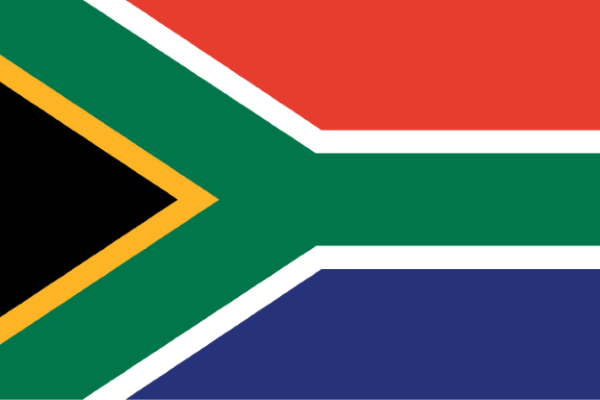The Order of Luthuli in Silver

Ama Naidoo (1908 - 1993) Awarded for:
Excellent contribution to the struggle for democracy, equality and justice in South Africa.
Profile of Ama Naidoo
Ama Naidoo (née Manonmoney Pillay) was born in Asiatic Bazaar, Pretoria in 1908. One of nine siblings, Naidoo attended the Pretoria Primary School.
In 1933, she moved to Doornfontein, Johannesburg, to set up her marital home. Around this time, Naidoo became sensitive to the unnecessary and humiliating treatment and insufferable consequences of racism and discrimination. Naidoo had first-hand experience of the brutalities of apartheid in numerous ways. The murder of her younger brother by white racists, simply because he had 'dared to walk through a white suburb', left an indelible mark on her. Yet throughout her life, her bitter personal experiences only served to strengthen her resolve to fight for justice and democracy and for the eradication of the scourge of racism.
In 1946, Naidoo took part in the Passive Resistance Campaign of the South African Indian Congress against the Asiatic Land Tenure Act, which sought to further restrict the ownership of land of South Africans of Indian descent. The non-violent resistance based on the philosophy of change developed by Mahatma Gandhi influenced many South African Indians who hastened to join the Passive Resistance Campaign.
Through the actions of resisters such as Naidoo, the oppressed increasingly began to draw together despite legal restrictions, to oppose official racism and oppression. Naidoo volunteered to take part in the 1952 Defiance Campaign launched by the African National Congress and the South African Indian Congress and was arrested with many others. Tragically, her husband died following a heart attack suffered after a bitter confrontation with the police during the Defiance Campaign.
Her heart-breaking loss only served to steel her determination further.
As a woman, Naidoo was only too aware of gender oppression in the apartheid society. In 1954, she joined the Federation of South African Women, her visionary leadership ensuring that she was elected onto its executive committee. She attended and participated in the People's Congress at Kliptown that saw the adoption of the Freedom Charter in 1955. On 9 August 1956, Naidoo was among the 20 000 women who marched to the Union Buildings in Pretoria to protest against the proposed amendments to the Urban Areas Act, 1950. In the 1970s, Naidoo worked hard to fill the political void resulting from the bannings of people's organisations. She was instrumental in reviving the Transvaal Indian Congress and was elected vice-president. She also served as the chairperson of the South African Peace Council.
Naidoo was always at the forefront of struggle campaigns, and was detained numerous times. Yet, she never shied away from the mundane yet necessary need to do any support work required. She played a key role in organising support for detainees and prisoners and was on the committee responsible for providing refreshments for the accused in the 1956 Treason Trial. Over many years, Naidoo's home – both in Doornfontein and later in Lenasia where she was forced to move after her house was demolished in 1978 under the Group Areas Act – was regarded as a welcoming refuge and meeting place for generations of activists.
Ama Naidoo is a member of that hallowed group of humble heroes, who dedicated their lives and families to the struggle for peace, justice and democracy. Despite severe personal sacrifice, over a period of more than half a century, she never wavered in her commitment and belief in building a better society. She is honoured as a glorious fighter for freedom – to whom we all owe so very much.
Naidoo passed away in 1993, mere months away from the first democratic elections in April 1994.




